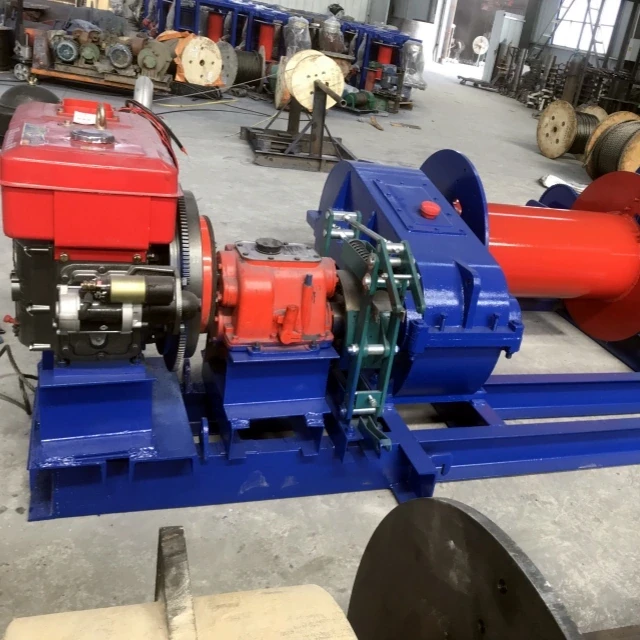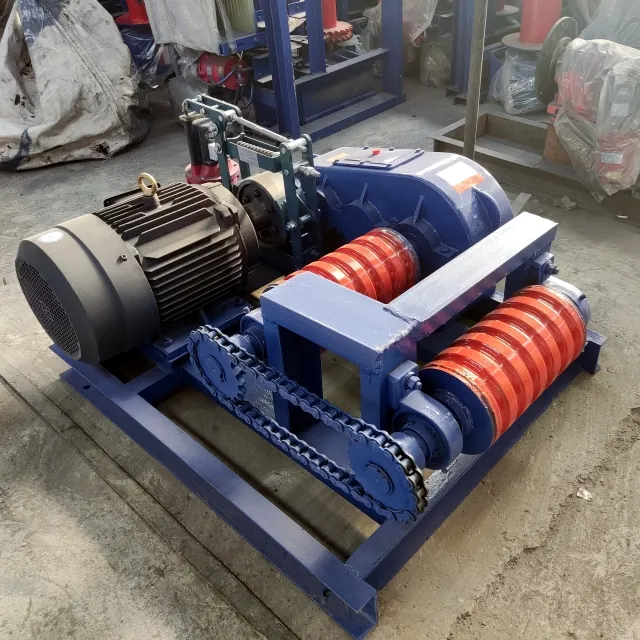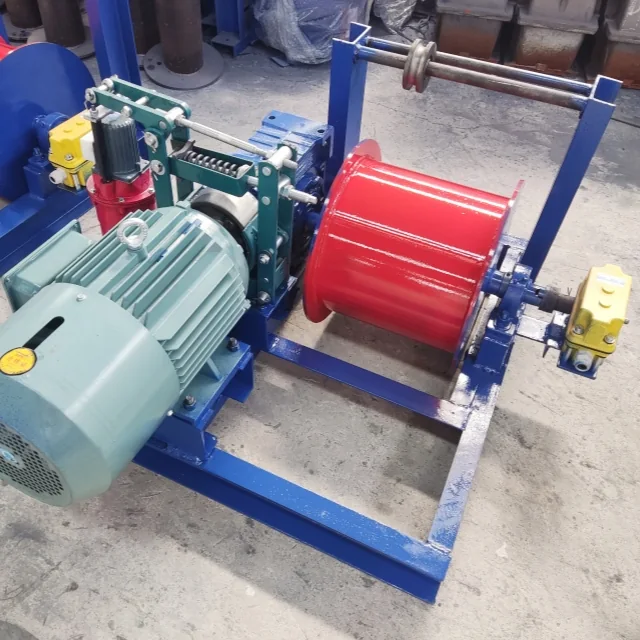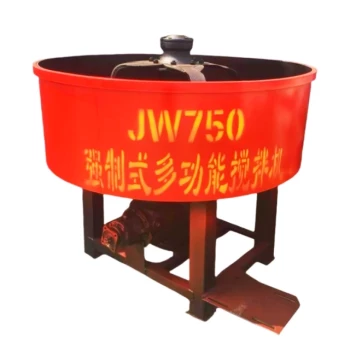When your operations depend on reliable pulling power, choosing the right winch components isn't just about specs—it's about matching engineering to real-world demands. This guide breaks down the critical elements of winch systems and provides actionable strategies to enhance durability and efficiency, whether you're lifting industrial loads or recovering off-road vehicles.
Key Components of a Winch and Their Functional Roles
Power Source Variations: Matching Energy Systems to Application Demands
Hydraulic vs. Electric: A Marine Case Study
Hydraulic power dominates marine and heavy-industrial applications for three reasons:
- Consistent output: No power drop under continuous load (critical for towing submerged objects).
- Environmental resilience: Sealed systems resist corrosion and submersion, unlike electric motors prone to short-circuiting.
- Thermal stability: Hydraulic fluid dissipates heat efficiently, preventing overheating during prolonged use.
Ever wondered why offshore rigs rely on hydraulic winches? It’s their ability to maintain 20+ tons of pulling force for hours without failure.
Gear Mechanism Design: Balancing Torque, Speed, and Efficiency
Gear ratios act as a "force multiplier." A 1:10 ratio (10 crank rotations = 1 drum rotation) means:
- +300% torque gain for lifting heavier loads.
- -70% line speed, requiring operational adjustments for time-sensitive tasks.
Pro Tip: For recovery winches where speed matters (e.g., off-road vehicles), opt for dual-speed gearboxes to switch between power and speed modes.
Wire Rope Drum Engineering: Capacity, Material, and Safety Considerations
Drum design impacts both performance and safety:
- Spooling efficiency: Grooved drums prevent rope overlap, reducing wear.
- Material choice: Powder-coated steel drums resist abrasion in mining/quarry environments.
- Capacity rules: Never exceed 80% of the drum’s maximum rope capacity to avoid structural stress.
Winch Component Optimization Strategies
Case Study: Industrial Heavy-Lifting vs. Off-Road Vehicle Recovery
Scenario 1: Steel Mill Load Shifting
- Power: Hydraulic systems (20–50 HP) for 24/7 operation.
- Gearing: High-ratio (1:15+) for precise, slow-moving lifts.
- Drum: Wide-profile with steel cable to handle 10-ton coils.
Scenario 2: Off-Road Recovery
- Power: Electric winches (6–12V) for portability and instant torque.
- Gearing: Dual-speed (1:5 and 1:10) to adapt to mud/debris resistance.
- Drum: Synthetic rope compatibility to reduce weight.
Which scenario mirrors your needs? The wrong choice can cut component lifespan by half.
Maintenance Practices to Extend Component Lifespan
-
Hydraulic Systems:
- Replace fluid every 500 operating hours.
- Inspect hoses for micro-cracks monthly.
-
Electric Motors:
- Clean carbon brushes every 3 months.
- Use dielectric grease on connectors to prevent moisture damage.
-
Wire Ropes/Drums:
- Lubricate ropes bi-weekly with penetrating oil.
- Check for "birdcaging" (strand separation) before each use.
Conclusion: Engineering for Real-World Demands
Winches aren’t generic tools—their components must align with your operational DNA. Whether it’s the relentless pull of a hydraulic marine winch or the adaptive gearing of a recovery system, optimization hinges on:
- Precise power source selection (prioritize durability or mobility).
- Gear ratio awareness (trade speed for force when needed).
- Proactive maintenance (a $50 grease job can prevent $5,000 failures).
For operations requiring engineered durability, explore robust solutions like Garlway’s winch systems, designed to withstand extreme conditions while delivering consistent performance. The right components don’t just lift loads; they elevate your entire workflow.
Related Products
- Electric and Hydraulic Winch for Heavy Duty Applications
- Warn Winch Windlass Boat Trailer Winch
- Electric 120V Boat Winch by Badlands
- Best 18000 Pound Drum Anchor Trailer Winch
- 12000 lb Heavy Duty Electric Boat Winch
Related Articles
- How Ergonomic Engineering Transforms Electric Winch Usability for Modern Operators
- How to Choose and Safely Operate Winches for Construction Efficiency
- How Electric Winch Safety Features Prevent Catastrophic Industrial Accidents
- How Electric Winches Outperform Hydraulic Systems in Cost and Efficiency
- How Electric Winches’ Engineering Enhances Efficiency and Safety in Heavy-Duty Applications






















